Two new trees/too late for full repot & 1 year pot options
peapod13
13 years ago
Related Stories
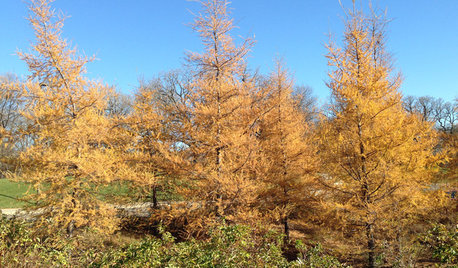
GARDENING GUIDESGreat Design Plant: Larix Laricina Glows Gold in Late Autumn
Plant tamarack for a beautiful late-fall golden display
Full Story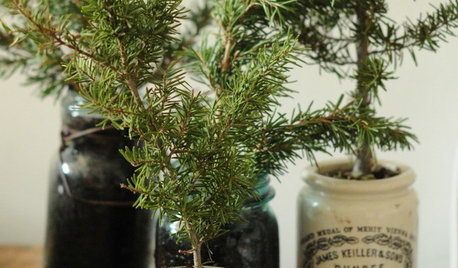
CHRISTMAS TREESLast-Minute Christmas: Mini Tree in a Pot
Create a temporary tree with cuttings or buy a small live tree to love for years
Full Story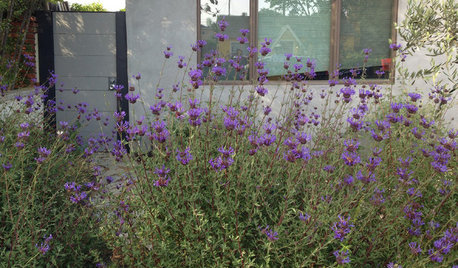
GARDENING GUIDES10 Late-Winter and Early-Spring Bloomers for the West
Tired of waiting for spring to arrive? Try these drought-tolerant, flowering plants for color that starts in late winter
Full Story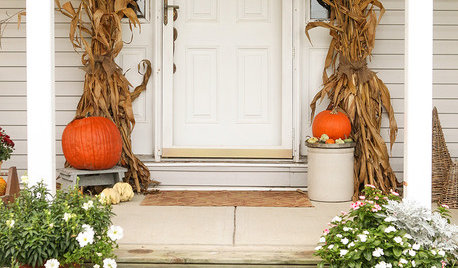
FALL AND THANKSGIVINGIt's Not Too Late to Decorate: Minimalist Fall Decor
No need to go all-out with autumn decorations. Nod to the season with just a few well-placed pumpkins and flowers
Full Story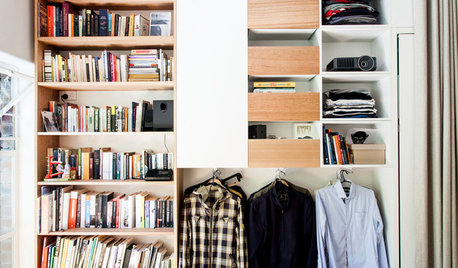
LIFELate Again? Eliminate the Things Holding You Up in the Morning
If you find yourself constantly running late for appointments, work and get-togethers, these tips could help
Full Story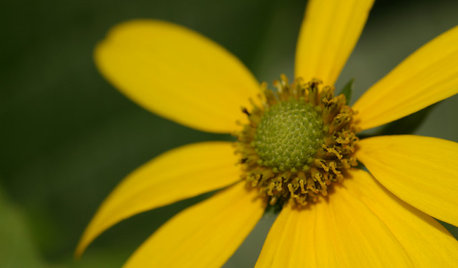
FLOWERS AND PLANTSRudbeckia Laciniata Enlivens Late-Season Shady and Sunny Sites
Give long-blooming, towering cutleaf coneflower room to spread in U.S. gardens for maximum rewards
Full Story
DECORATING GUIDESTwinkle Lights Keep the Holiday Spirit Year-Round
Hate to take down your outdoor lights after the holidays? Here are 12 great ways to use these festive sparklers inside your home
Full Story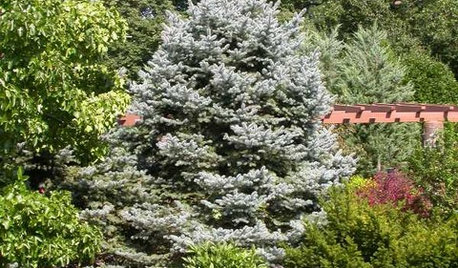
LANDSCAPE DESIGN10 Evergreens for Beautiful Foliage All Year
Give your landscape consistent color and structure with the emeralds, chartreuses and blues of evergreen trees and shrubs
Full Story
GARDENING GUIDES15 Ideas to Try in Your Garden This Year
These gardening stories were tops among Houzz readers. Which ideas might you try this year?
Full Story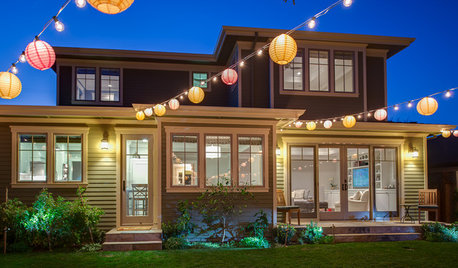
HOLIDAYSSimple Pleasures: Welcoming the New Year
Got the champagne and party hats but stumped about what to do next? Try these festive entertaining ideas to ring in the new year
Full Story



tapla (mid-Michigan, USDA z5b-6a)
peapod13Original Author
Related Discussions
Buckeye re-potting - Trees in Containers (pics)
Q
Last Repotted 2003 too late?
Q
Is it too late to plant a new fig tree?
Q
Is June too late to repot container Meyer lemon trees??
Q
tapla (mid-Michigan, USDA z5b-6a)
peapod13Original Author
peapod13Original Author
peapod13Original Author
tapla (mid-Michigan, USDA z5b-6a)
peapod13Original Author
tapla (mid-Michigan, USDA z5b-6a)
peapod13Original Author
peapod13Original Author
tapla (mid-Michigan, USDA z5b-6a)
peapod13Original Author
tapla (mid-Michigan, USDA z5b-6a)
peapod13Original Author
peapod13Original Author
tapla (mid-Michigan, USDA z5b-6a)
peapod13Original Author
peapod13Original Author
peapod13Original Author
tapla (mid-Michigan, USDA z5b-6a)
peapod13Original Author
peapod13Original Author